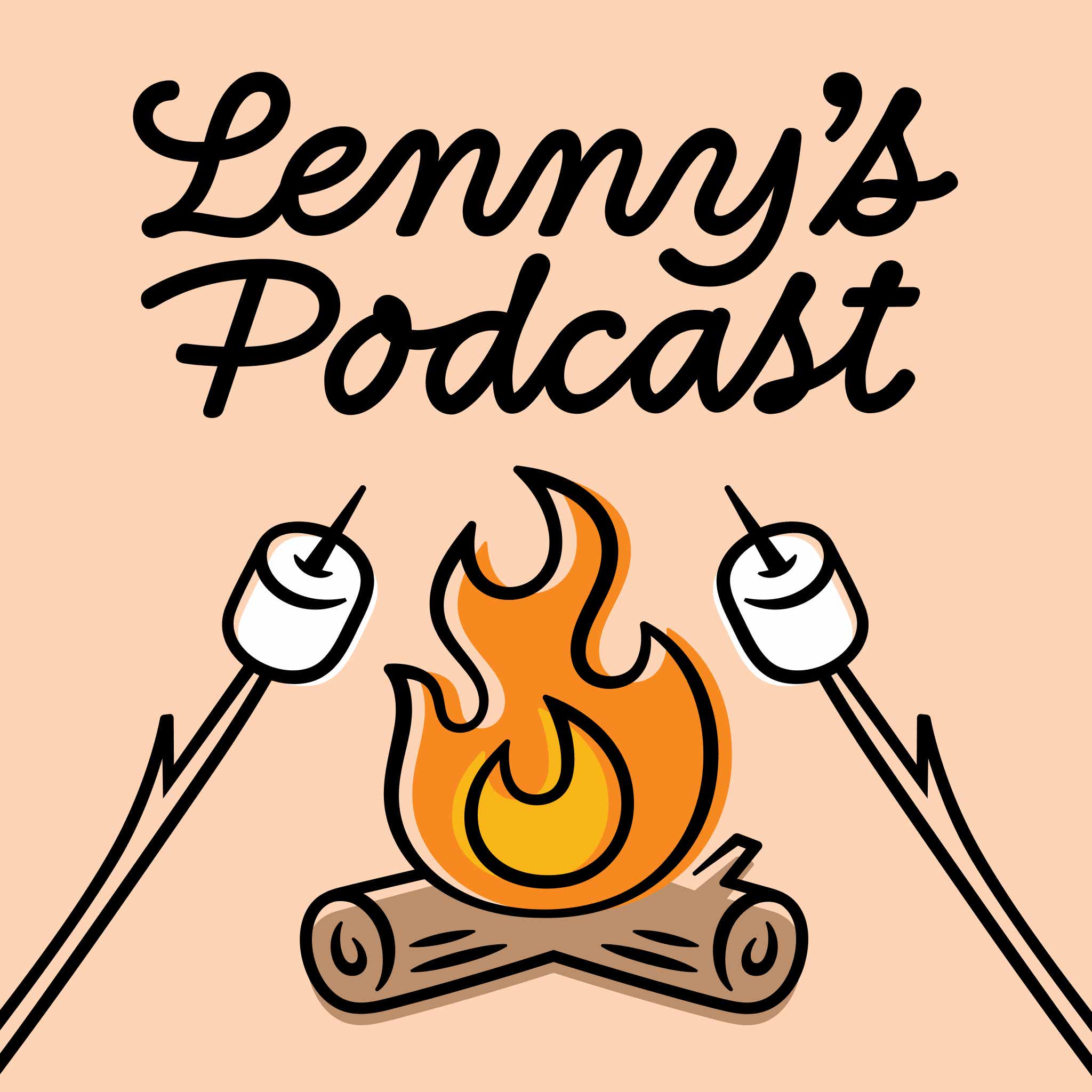
Become A Better Communicator Specific Frameworks To Improve Your Clarity Influence And Impact Wes Kao Coach Entrepreneur Advisor
April 6, 2025
Key Takeaways
- Effective communication is a skill that can be learned and improved through deliberate practice and specific frameworks.
- Framing your message by starting with the ‘why’ (sales) before diving into the ‘how’ (logistics) significantly increases buy-in and understanding.
- Conciseness in communication is about the economy of words and density of insight, not just brevity, and requires clear thinking and preparation.
- Practicing ‘Moo’ (Most Obvious Objection) helps anticipate and address potential concerns, making communication more robust and less likely to be caught off guard.
- Managing up effectively involves sharing your point of view and insights, rather than just reporting tasks, which reduces cognitive load on your manager and demonstrates strategic thinking.
Segments
Practicing Communication Like Game Day (~00:00:00)
- Key Takeaway: Treat every stakeholder interaction as an opportunity to practice executive communication, not just those with senior leaders.
- Summary: Wes Ko advocates for consistent practice of communication skills with all colleagues, not just executives. This approach ensures sufficient ‘reps’ to become proficient, treating everyone’s time with respect.
Sales Before Logistics Framework (~00:00:00)
- Key Takeaway: Always start by ‘selling’ your audience on the ‘why’ and the value of an idea or task before diving into the logistical details of ‘how’ to do it.
- Summary: Wes explains the common mistake of leading with logistics and details, which often fails to secure buy-in. She stresses the importance of first explaining the purpose, benefits, and relevance of an initiative to gain agreement before discussing implementation.
The Art of Being Concise (~00:00:00)
- Key Takeaway: Concision is about the economy of words and density of insight, requiring clear thinking and preparation, not just brevity.
- Summary: Wes clarifies that conciseness isn’t just about being brief but about conveying meaning efficiently. She highlights that the bottleneck to conciseness is often a lack of clarity in one’s own thinking, which preparation can solve.
Signposting for Clarity (~00:00:00)
- Key Takeaway: Using signposting words and phrases guides readers and listeners, signaling what information is coming and improving comprehension.
- Summary: Wes introduces signposting as a technique using specific words (e.g., ‘for example,’ ‘because,’ ’next step’) and formatting to structure communication and draw attention to key points, both in writing and verbally.
The ‘Moo’ Framework: Most Obvious Objection (~00:00:00)
- Key Takeaway: Anticipating the ‘Most Obvious Objections’ (Moo) before communicating helps prepare for questions and strengthens your message.
- Summary: Wes explains the Moo framework as a proactive way to identify and address likely objections. By thinking through potential counter-arguments, communicators can be less surprised and more prepared, improving the reception of their ideas.
Managing Up Effectively (~00:00:00)
- Key Takeaway: Managing up is a crucial, ongoing skill that involves proactively sharing your point of view and insights to support your manager.
- Summary: Wes discusses the importance of managing up, emphasizing that it’s not a skill to be outgrown but one that becomes more critical with seniority. She advises sharing opinions and insights to reduce cognitive load for managers and demonstrate strategic thinking.
Strategy, Not Self-Expression in Feedback (~00:00:00)
- Key Takeaway: When giving feedback, focus on motivating behavior change by trimming emotional venting and concentrating on constructive points.
- Summary: Wes Ko shares a framework for giving feedback that prioritizes the desired outcome: behavior change. She advises against turning feedback sessions into venting sessions, instead focusing on clear, strategic points that encourage positive action.
The CDAF Framework for Delegation (~00:00:00)
- Key Takeaway: Effective delegation requires ensuring comprehension, generating excitement, de-risking the task, aligning with the delegatee, and establishing a short feedback loop.
- Summary: Wes introduces the CDAF framework (Comprehension, Excitement, De-risk, Align, Feedback) as a method for delegating tasks effectively, ensuring clarity, motivation, risk mitigation, alignment, and timely feedback.
The Power of a Swipe File (~00:00:00)
- Key Takeaway: Collecting examples of effective communication, writing, or design in a ‘swipe file’ trains your awareness and provides inspiration for future work.
- Summary: Wes explains the concept of a swipe file, commonly used in marketing, as a collection of inspiring materials. She notes that the act of curating these items itself trains the brain to recognize and learn from effective communication.
Leveraging AI as a Thought Partner (~00:00:00)
- Key Takeaway: AI tools like Claude can be powerful thought partners for drafting communications, responding to emails, and refining ideas, especially when provided with clear context and direction.
- Summary: Wes shares her experience using AI, particularly Claude, as a tool for drafting communications and refining thoughts. She emphasizes that providing AI with specific context and desired outcomes leads to significantly better results.
Finding Your Core Strengths (~00:00:00)
- Key Takeaway: Crafting your work around your core strengths and passions, and learning to say ’no’ to opportunities outside that focus, leads to greater fulfillment and impact.
- Summary: Transitioning from an operator to a solo practitioner involves identifying what you’re exceptionally good at and what people value. Wes advises focusing on these areas and declining opportunities that don’t align, even if they seem appealing.